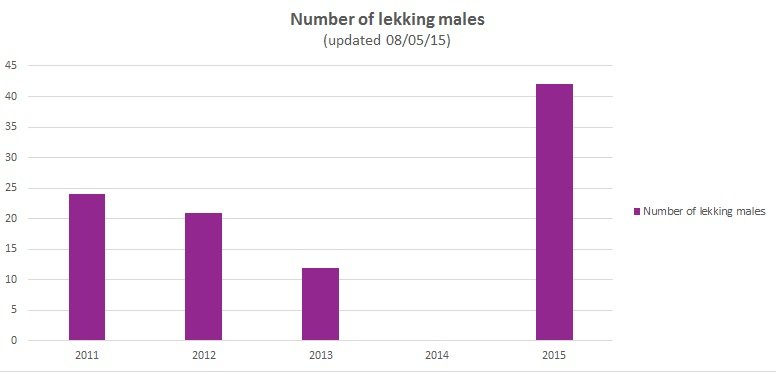Black grouse at dawn
I’ve been up super-early several times in the last spell of good weather. My target was to be in position at Dundreggan by first light (around 05:30 am these days!) to observe the weird and slightly comical world of lekking black grouse. These large woodland grouse – in size about mid-way between chicken-sized red grouse and turkey-sized capercaillie – act out a display at this time of year when males gather at traditional sites called leks. The males strut and dance, fanning their white under-tail feathers like a pair of frilly knickers set against the black tail feathers proper. They rush around the lek in fits and starts, occasionally making little jumps like a clockwork toy – all the while singing a strange burbling, whooshing song to each other. There’s nothing quite like it as a wildlife spectacle in Britain!
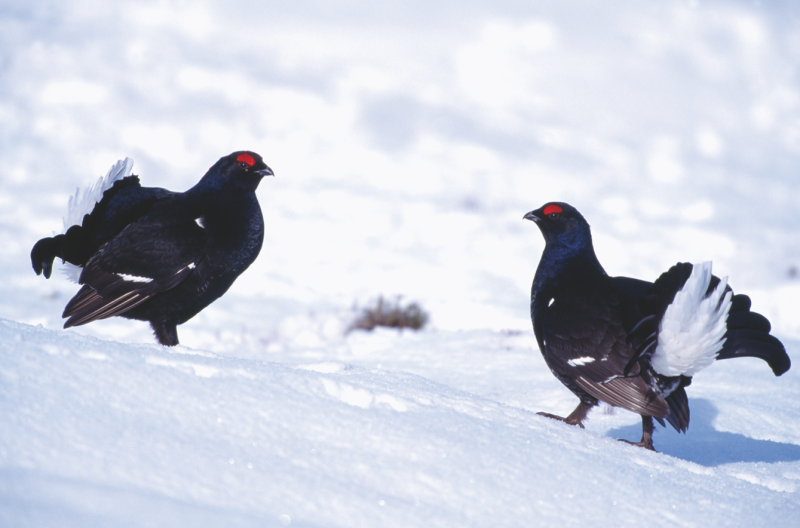
During all of this, the female birds (greyhens) are watching from the heather nearby. Of course, they are in charge – the males are merely doing their best to impress them. It is the females who choose who to mate with; usually the male who is able to occupy the best site on the lek and keep rivals at bay.
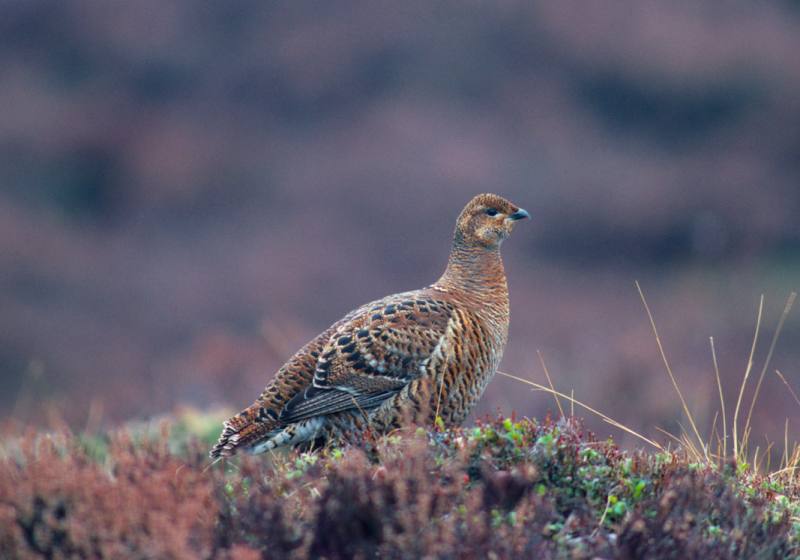
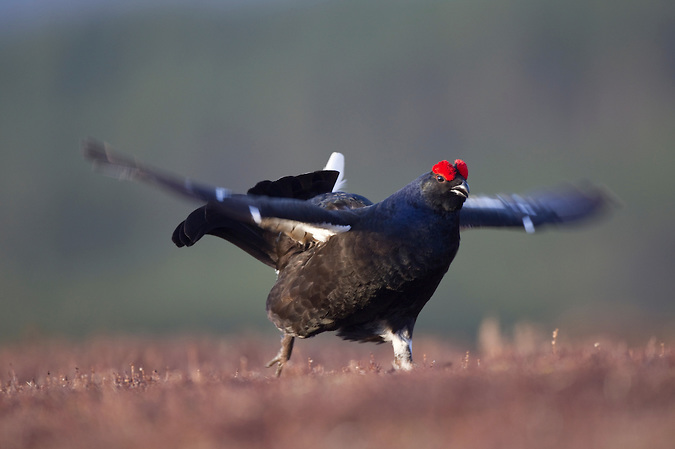
My purpose has been to count the number of males on the leks as an index of population size. When not lekking, black grouse are surprisingly secretive for such large birds, and it is quite difficult to gauge how many there are. At the lek, the males throw caution to the wind and are easily counted.
Black grouse thrive in a habitat of open mixed woodland, especially at the edges of established forest, where patches of young regeneration and mixes of other habitats are available. Grouse chicks feed on insects, spiders and other small invertebrates when young, graduating to a diet of seeds, sedge shoots, and berries as they grow. In winter, conifer needles and shoot buds provide important parts of their diet. Trees for Life’s forest restoration work will provide just this sort of habitat in the years to come so we should see a positive response from these superb birds as we move forward. The result for this year are encouraging – the highest number of lekking males counted since at least 2011, after a poor year in 2013. All those early starts have been rewarded!
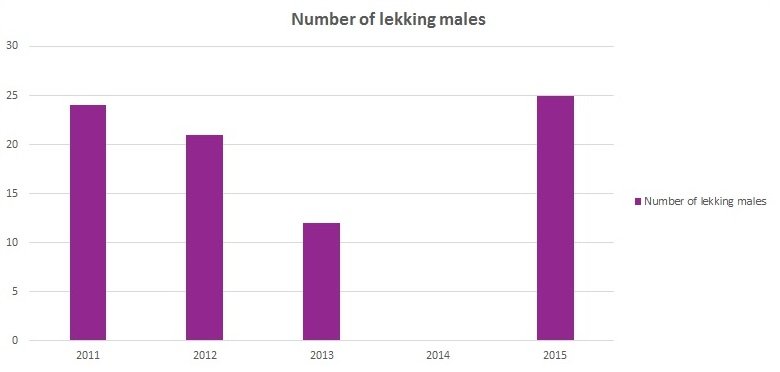
​UPDATE!
